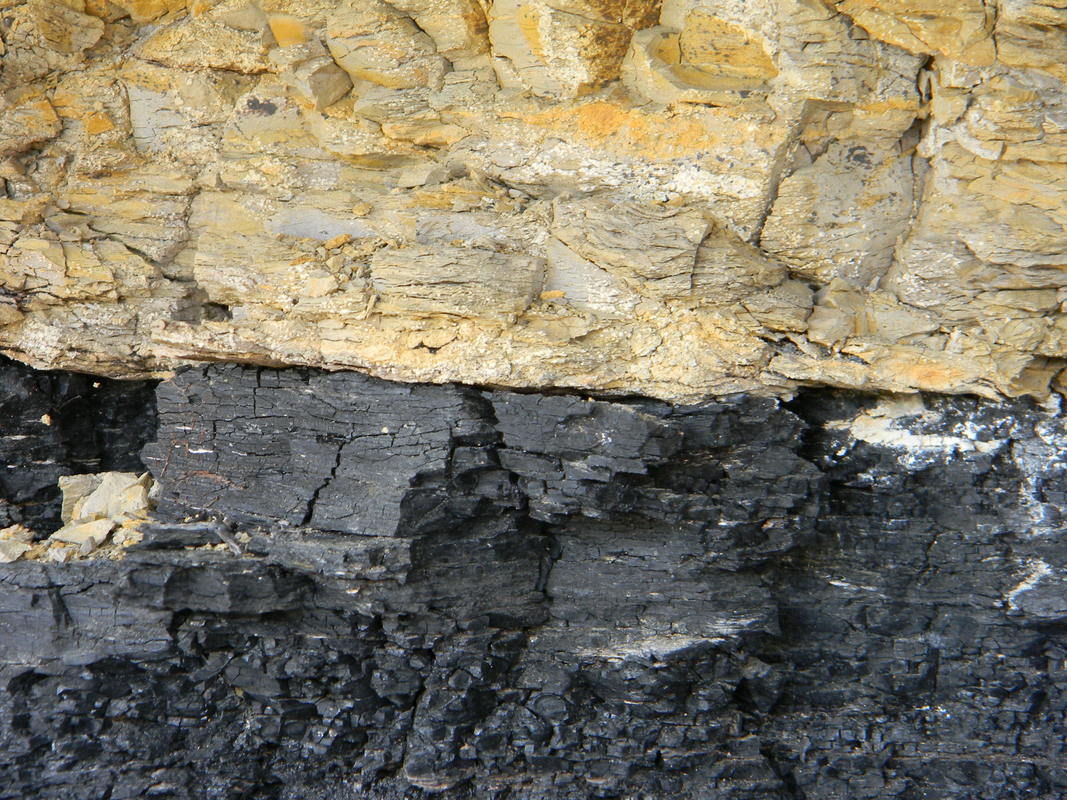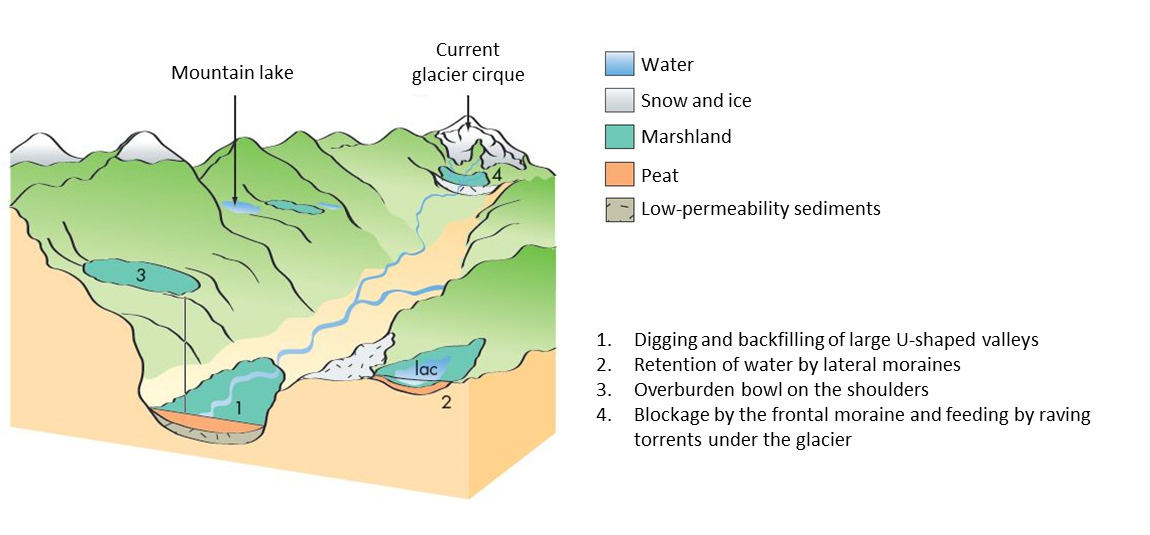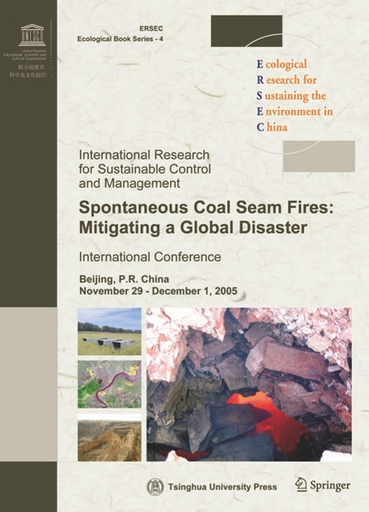Floating Mat Model Of Coal Formation

No swamp peat has been found partly formed into coal.
Floating mat model of coal formation. Dr steven austin 1 has proposed an explanation for the formation of multiple coal beds separated by other sedimentary rocks. A new model for quicker coal formation. He originally presented this in his ph d. Thesis at the prestigious penn state university in 1979.
Steve austin in his phd dissertation proposed the term floating mat model to explain the origin of coal seams 1 in the years following several creation scientists began to formulate a biogeographic model where these same floating log mats and floating mats of vegetation might have been the means by which plants and non air breathing land animals might have. Austin advanced a floating mat model that a watery catastrophe stripped away millions of acres of forest and tangled them into mats. The entire sub aerial vegetation grew up from this mat while the larger roots of lycopod trees stigmariae extended downwards beyond the peat into the open water. He explains how the conventional model of coal formation in swamps is insufficient for explaining the coal beds we actually see.
Many paleobotany questions about lycopods and tree ferns had not been solved at the end of the nineteenth century but the floating mat model offered a very robust path to direct. 1 peat swamp model 2 drift model and 3 floating mat model. Coal often rests on a rock layer. Swamp peat rests on a layer of soil.
Floating mat model appear in the following pages. Paleontologist kurt wise goes into the air shaft of an old coal mine to explore the origin of coal. Kurt wise goes into the air shaft of an old coal mine to explore the origin of coal. Dr austin s explanation shows that such seams can be formed from huge mats of buoyant vegetable debris floating on the waters during the violent watery catastrophe of.
What about those lycopod roots in strata above and below. He talks about research done by steve austin in terms of floating log mats. Swamp peat contains root material. Many paleobotany questions about lycopods and tree ferns had not been solved at the end of the nineteenth century but the floating mat model offered a very robust path to direct research.
He talks about research done by steve austin in terms of floating log mats. Three depositional models have been offered for the origin of coal. Austin advanced a floating mat model that a watery catastrophe stripped away millions of acres of forest and tangled them into mats. 1 peat swamp model 2 drift model and 3 floating mat model.
Austin and sanders 2018 observed that historically the drift model and the floating mat model of allochthonists used the petrology strata paleobotany environment methodology to understand the origin of carboniferous coal. No swamp peat has been found partly formed into coal. Coal balls being petrified remains of the original peat reveal that the root work of the plants during life formed a floating mat.














